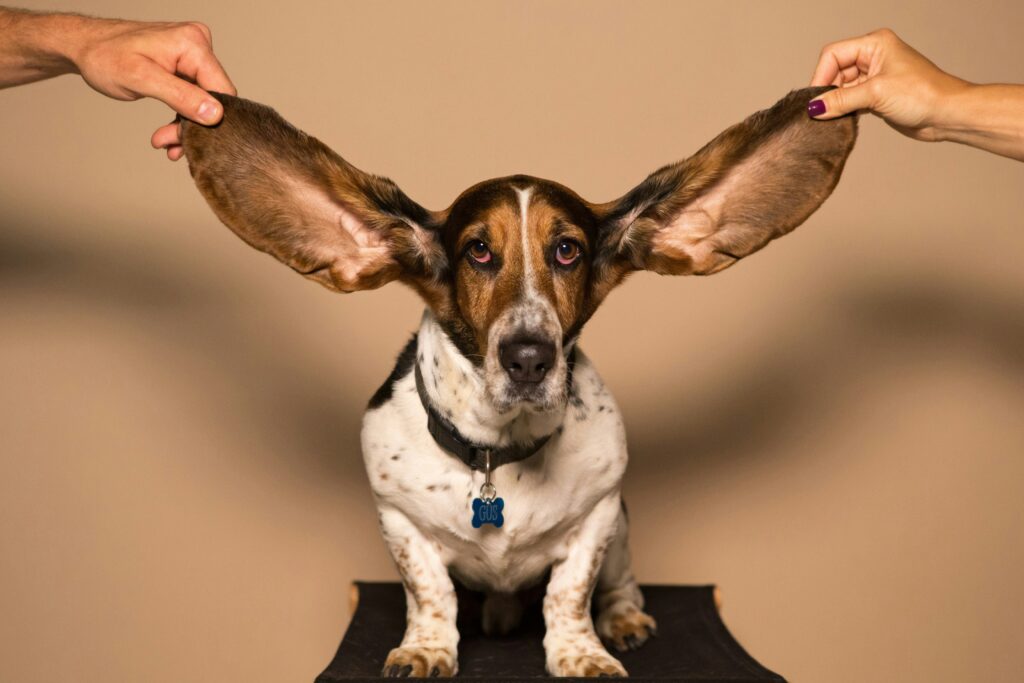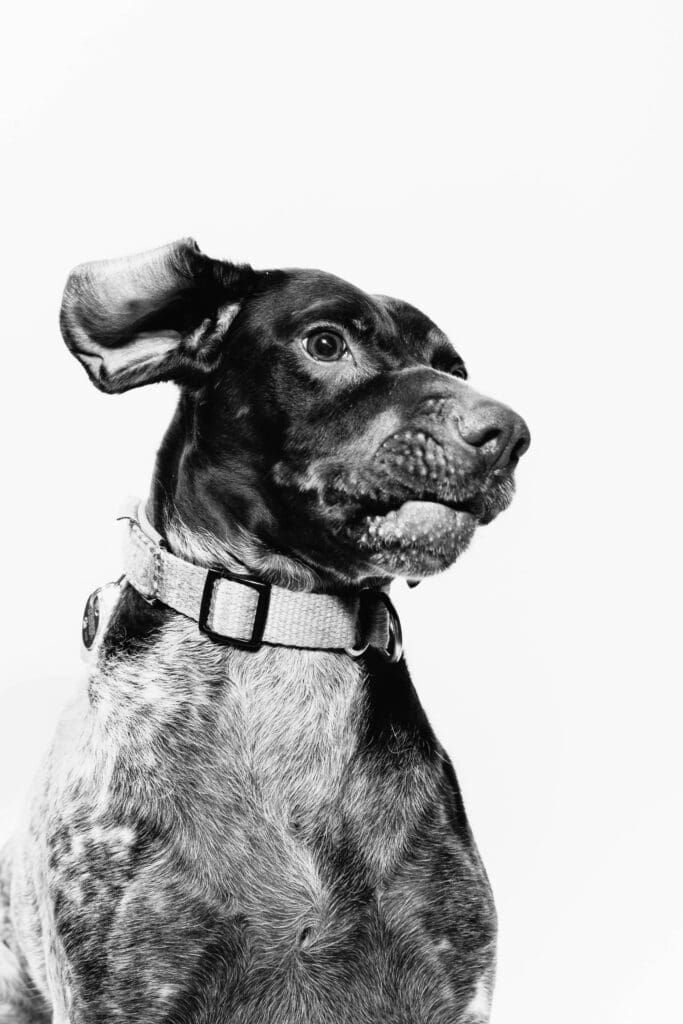Why Dog Ear Hygiene Matters: Preventing Infections and Discomfort
Keeping your dog’s ears clean is an essential part of their overall health. Neglecting ear hygiene can lead to infections, discomfort, and even hearing loss. Dogs with floppy ears or those that swim frequently are especially prone to ear issues. Regular ear cleaning helps prevent wax buildup, reduces the risk of bacterial and yeast infections, and keeps your furry friend comfortable.
Step-by-Step Guide to Cleaning Your Dog’s Ears at Home
- Gather Supplies: You will need a vet-approved ear cleaner, cotton balls or gauze, and treats for rewarding your dog.
- Check the Ears: Look for redness, swelling, foul odor, or excessive wax.
- Apply Cleaner: Gently lift the ear flap and squeeze a few drops of cleaner into the ear canal.
- Massage the Base: Rub the base of the ear for about 20-30 seconds to loosen debris.
- Wipe Away Debris: Use a cotton ball or gauze to remove excess wax and cleaner.
- Reward Your Dog: Give your pup a treat and praise to make the process positive.
Signs Your Dog’s Ears Need Cleaning (And When to See a Vet)
If your dog is shaking their head frequently, scratching their ears, or you notice a bad smell coming from their ears, it may be time for a cleaning. Other warning signs include redness, swelling, or unusual discharge. If symptoms persist or worsen despite regular cleaning, consult a veterinarian.
The Best Ear Cleaning Products for Dogs: What to Use and What to Avoid
When choosing an ear cleaner, opt for products recommended by veterinarians. Look for solutions with natural ingredients like aloe vera or witch hazel. Avoid alcohol-based cleaners, as they can cause irritation. Never use cotton swabs inside the ear canal, as they can push debris further in.
Dog Breeds Prone to Ear Problems and How to Care for Them
Certain breeds are more susceptible to ear infections, including Cocker Spaniels, Basset Hounds, and Labrador Retrievers. These breeds often have floppy ears that trap moisture and bacteria. Regular cleaning, proper drying after swimming, and routine vet check-ups can help keep their ears healthy.
How Often Should You Clean Your Dog’s Ears? Finding the Right Schedule
The frequency of ear cleaning depends on the dog. Dogs with long, floppy ears may need cleaning once a week, while others may only need it once a month. Over-cleaning can strip natural oils and cause irritation, so it’s important to find a balance. Check your dog’s ears regularly to determine when they need a clean.
Home Remedies vs. Vet-Approved Cleaners: What’s Best for Your Dog’s Ears?
Some pet owners prefer home remedies like diluted apple cider vinegar or coconut oil for ear cleaning. While these can work in mild cases, they may not be as effective as vet-approved solutions. If your dog has recurrent ear infections, always consult a veterinarian before trying home remedies.
Keeping your dog’s ears clean is an easy yet crucial step in their care routine. By following these guidelines, you can help prevent infections, ensure comfort, and maintain your pet’s overall well-being.



